How to know the taste of melon without cutting the fruit: choose the ripest and sweetest one
Choosing a melon that is not just beautiful, but also delicious is a real skill. Many of our readers do not know how to do this and rely on the opinion of the seller. However, there is nothing difficult in checking the fruit yourself - you just need to look at it carefully and smell it.
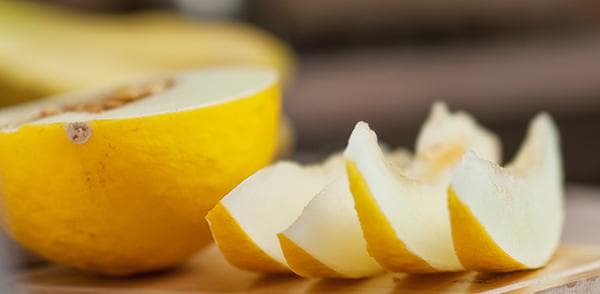
Let's find out the variety
The taste and aroma of melon depend on its degree of ripeness, growing conditions, and even how it was stored. But most of all - from the variety. Therefore, the first thing you need to do when choosing a fruit is to ask the seller the name of the variety (in the market) or take a closer look at the information on the price tag (in the store).
On the territory of the Russian Federation you can most often find delicious melons of the following varieties:
Collective farmer — its fruits are small (from 0.5 to 1.5 kg), round in shape, a network of veins on the skin forms round cells. The color of the peel is yellow-orange, the pulp is white. This melon is very sweet and fragrant; it appears on the shelves from the beginning of August.
Torpedo — melons with oblong fruits weighing about 2–3 kg are usually imported from Uzbekistan. They go on sale en masse at the end of August or beginning of September. They have a distinct aroma, reminiscent of a mixture of vanilla, pears and honey. If grown where there is a lot of sun and light, they have a very pleasant sweet taste.
Cantaloupe, otherwise called cantaloupe. It is usually imported from Morocco and Thailand, so it is sold in supermarkets throughout the year.Its skin is light, covered with a thick mesh and as if divided into slices. The pulp is pale orange, less sweet than other varieties, and is not very juicy. Long-term storage has a bad effect on the taste of the fruit - they become “nothing.”
Honey - appears on the markets at the end of July. It is easy to recognize by its round-oval shape and strong smell with honey notes. Its crust is bright yellow, almost without mesh. The pulp is tender, very sweet. The average fruit weight is 2 kg.
Avocado - melon comes from Thailand. Its flesh is always light green, but the color of its skin varies from green to brown. It gets its name from its taste, reminiscent of avocado. You shouldn’t expect any special sweetness or mind-blowing aroma from the fruits of this variety.
If you have a choice, take Kolkhoznitsa, Torpedo or Honey Melon - they will definitely delight you with their sweetness and pronounced aroma. But Cantaloupe and Avocado are not melons for everyone.
Occasionally in the markets you can find Chardzhui melons, also known as Gulaba. Their pulp is fibrous and unsuitable for consumption raw. But such fruits are good for drying and canning.
Weigh in hand
Having decided on the variety, it’s time to move on to choosing the ripest melon from among those lying on the counter. One way to do this is to weigh the fruit you like in the palm of your hand. If it is lighter than you expected, then there is definitely something wrong with it, but if it turns out to be much heavier than you might think when visually assessing its size, it means that it is most likely ripe and has accumulated the maximum amount of sugars.
Feeling the tail
To make sure the melon is ripe and buy the tastiest one, do another test - lightly press with your finger near the place where the fruit had a tail. The peel should be pliable, but not too soft.If the rind is hard, like armor, it is better not to buy such a melon: there is a high probability that it was taken from the melon plant much earlier than it should have been, and it has not yet had time to ripen.
What does melon sound like?
When buying watermelons, it is customary to “tap” them. With a melon, if you don’t know which one to take, you can do the same thing - pat it on the side with your palm and listen to the sound. It should be dull - this indicates that the fruit is juicy and ripe.
Checking the smell
And finally, you need to smell the melon. Preferably near the tail, because it is from this place that the fruit begins to rot. If you smell an unpleasant or too cloying smell, it means that the process of rotting has already begun. The absence of any aroma is a sign of immaturity. And if you come across a copy with a sweet, tasty smell (perhaps with notes of vanilla, pineapple, duchess, honey), buy it - this is exactly what you need.
Now you know how to choose the right melon so that it is sweet, juicy and aromatic. Don't trust the seller - to fully enjoy the gifts of summer, check the melon yourself.
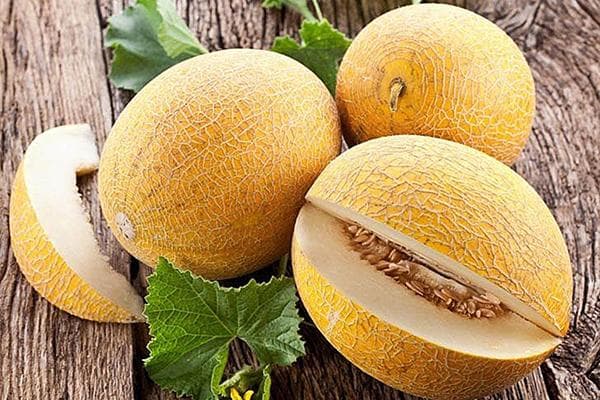
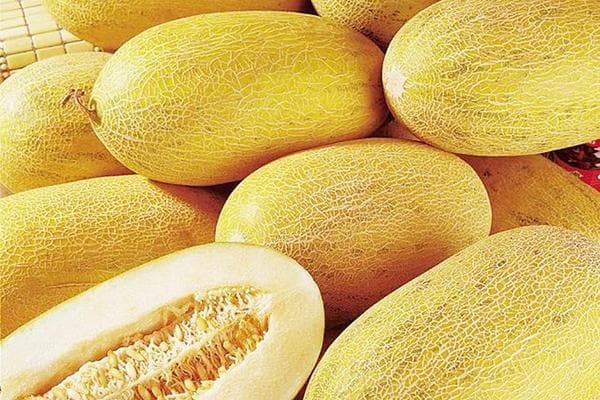
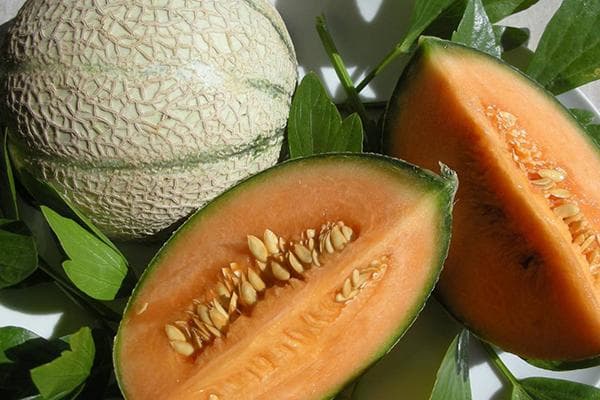
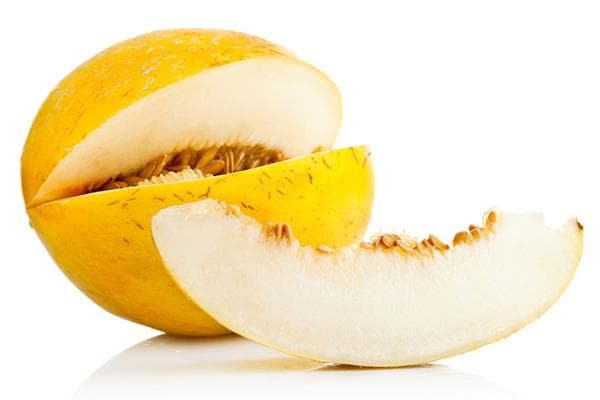
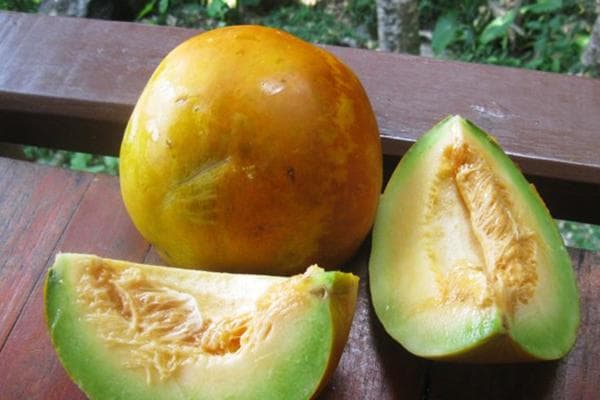

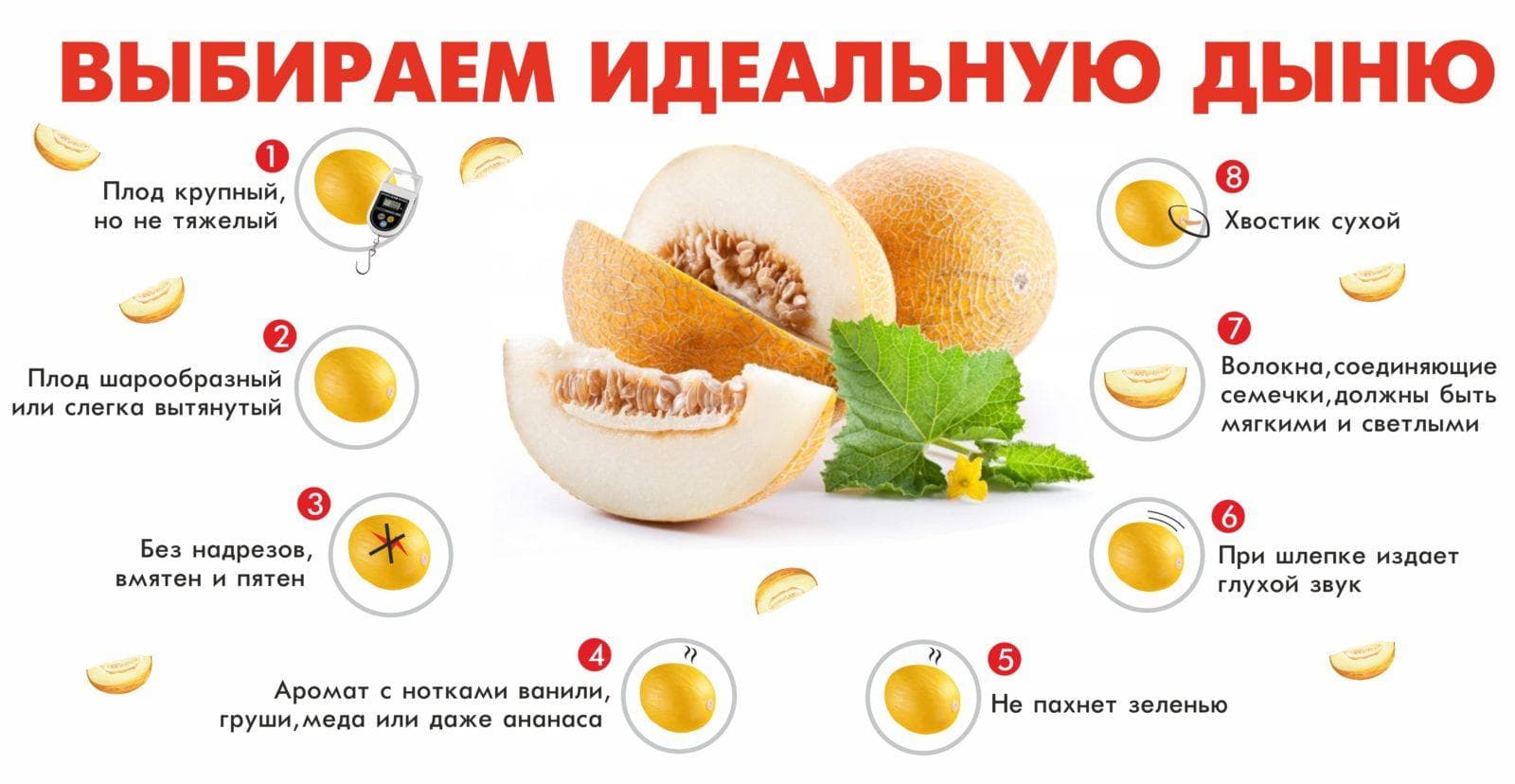
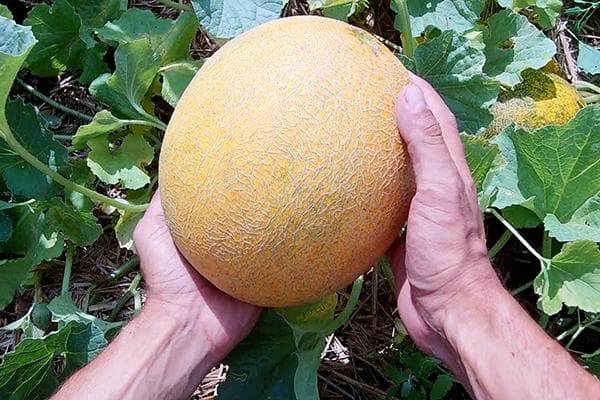
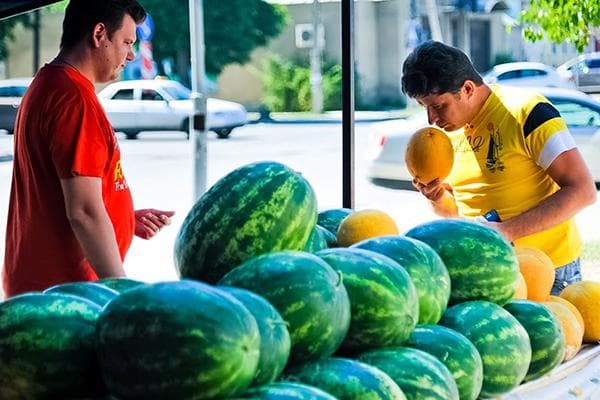
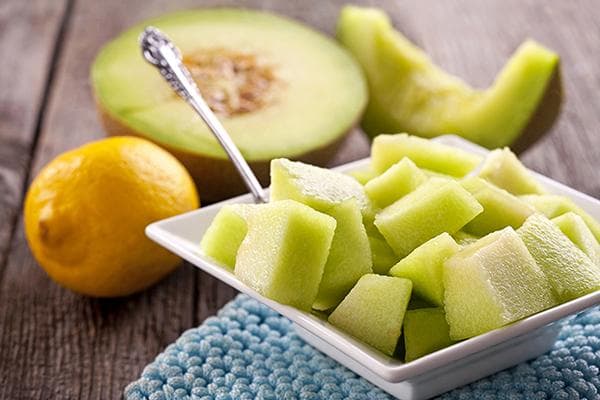
Great article! Thank you very much!
In the first photo it’s not “collective farmer” at all, but looks like the “golden” variety
This variety is called "Lada"
I agree that this is not a collective farmer!
On the first page I think Turkmen
A lot has been written and a lot of unnecessary stuff. Long ago, during the Soviet Union, Uzbekistan was told the simple secret of choosing a melon. Neither smell nor knock (this was the most fun. The melon is hollow inside and no matter how much you knock, the sound will be dull. This is not a watermelon. Which has a uniform structure.). It's simple: there is a network of cracks on the melon peel. So, the finer this mesh, the riper the melon. I have never gotten into trouble with this method (the melon sellers look on in surprise) Use it for free.
beautiful. passed.
not right. The aroma of melon is the first sign of ripeness.
Thanks for the advice
... no offense to anyone. I've been growing a few in a greenhouse (sunny Karelia) for about 30 years. The most delicious ones appeared in mid-September. Damn, I had to take the kids to school and missed filming. We came to the greenhouse, and they were already cracked!!! the smell is amazing at the vegetable warehouse. the taste is scribe. there are no better melons in the north... this year (2 years later I fell for Arcadia grapes. after 2 years - 5 bunches = 2 kg.. this year 15 kg. create, invent and try. GOOD LUCK…
The main thing is that a ripe melon comes off when harvested. without a tail.
Melon torpedo can weigh up to 7 kg, not like 2-3, and is brought from Central Asia. This melon may even be from Kazakhstan.
A 2-3 kg torpedo is a small melon, usually 4-5 kg. And it’s very easy to choose - it’s soft and pliable. And you need to press not on the tail, but on the nose.
It is guaranteed IMPOSSIBLE to select a melon and a wife.
What kind of torpedo is there, there is no current variety, there is the Mirzachuysky variety, which weighs up to 20 kg
it all depends on how you grow it and what rootstock it is on. Watermelons are also planted on a pumpkin rootstock. They grow from 70 kg. Everything in this world is interconnected. GOOD LUCK...
In Uzbekistan there is a city Mirzachul. And there is a Mirzachul melon bred there.
Chardzhui melon, also known as gulaba, is not only suitable for consumption in its raw form - it is a very tasty and sweet melon. Unlike many other varieties, its flesh is a little crunchy, but at the same time quite tender.
I was born in Chardzhou and our Chardzhou “Gulyabi” melons were even imported, they are very tasty, sweet and crunchy and that’s just what I liked. The first photo looks like a “Gulyabi” melon, that’s what we called them.
And cantaloupe is successfully grown in the Atrakhan region and it turns out very sweet
in Turkmenistan and Uzbekistan (Ukuduk see on the map
Turkmenistan and Uzbekistan (Uchkuduk, look on the map) have their own variety of melon with scarlet pulp. When my grandmother lived in Kyrgyzstan, she only took this kind of melon at the market. They are practically not imported to Kazakhstan.
0
Uchkuduk on the map - my uncle lived there. He came to visit and brought melon.
Only the Mirzachuy melon is popularly called a “torpedo”, and the rest by appearance and image...
Not a torpedo and not Mirzachuyskaya, but remember, MIRZACHULSKAYA.” From the words Mirza and Chul (steppe). Translated into Russian - “Golodno Stepskaya”. This is what the territory of the Syrdarya and Jizzakh regions of Uzbekistan, as well as part of Southern Kazakhstan, which was transferred from Uzbekistan in 1965, was previously called.
fact!
stupid chicken. I’ve never seen anything sweeter than a carrot.
there is a great desire to show off online. (no brain, no soil)
this is to the author of the article!
Has anyone on the forum tried melon with red flesh? I live in Kazakhstan. They bring it once every five years. The torpedo is resting!
In Chimkent they call it “red meat”. Amazing melon. When ripe, the skin is thin and there is juice inside. It’s scary to pick it up because it’s squeezable. That's why they don't take her far. Only next to the place where I grew up and you can try it.
There is no such variety as TORPEDA in Central Asia; this variety is called MIRZACHUL. They also come in 15 kg sizes. What is in Russia is often grown somewhere to the north, maybe in the Astrakhan steppes. Or Kazakhstan. Choosing a ripe one is very simple: try to lightly press the end of the melon opposite the tail: if it gives in a little, it’s definitely ripe. But if it’s very soft, don’t take it, it might already be fermented and you’ll get poisoned. In this case, the aroma will be the strongest.
Only Valery correctly described the name and origin of the melon variety - MIRZOCHULSKAYA..
I loved melon very much, I haven’t bought it for three years now. I bought it, brought it home, cut it, but took a bite, and threw it all away. It was so bitter that I can’t put it into words... ever since then I’ve simply been afraid to buy them.
Minus for the author, he has never seen Gulyabi and writes some kind of crap - my childhood and youth were spent in the city of the same name called CHARJOU, so I know what I’m talking about……..
Hello fellow countryman! I was also born and lived in Chardzhou and I agree that they wrote nonsense about “Gulyabi”, that it is better not to eat it in its raw form, this is completely nonsense!
And in Turkmenistan there is the Bakhardenka melon - grown in the Ashgabat region - the flesh is pale pink, the skin is like tissue paper - if the melon is ripe, something like this..
Bakhardenka, after the name of the city of Bakharden. melon is also very tasty
And the melon, which is called a collective farmer here, is actually a Khandalyak melon, we called them shackles.
Shackles don’t look like a collective farmer at all. But it is a fact that they ripen first, are unusually sweet and cannot be transported. And they are grown in dry, hot climates. By the way, the drier and hotter the climate, not only botanicals, but all fruits ripen sweeter.
Who can tell me why there are no marble watermelons for a long time?
1. I agree. The melon must be heavy.
2. The butt of the melon should be cracked. But... by the time they get there... It is usually a little rotten. Take this one.
All that’s left is to buy “duchess” or a pack of vanillin and drip it under the tail of the melons... at home they will be surprised, the greens will be wonderful